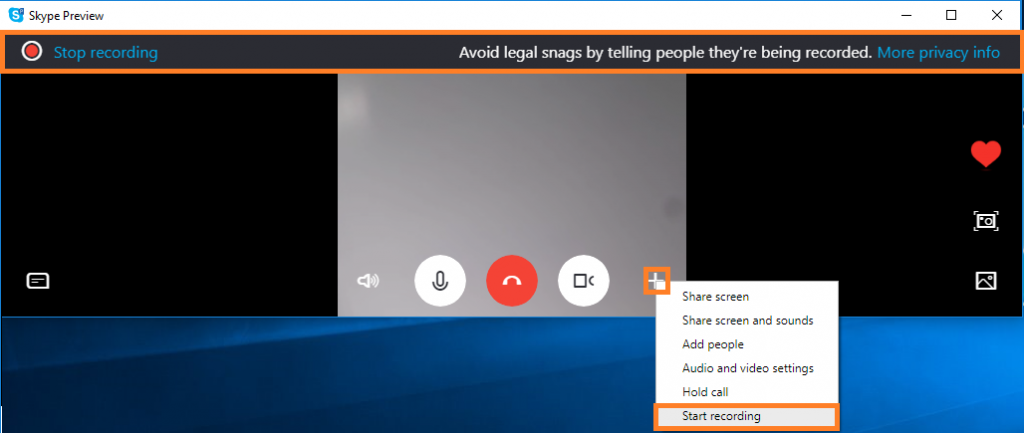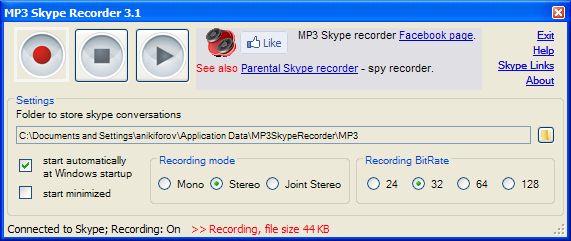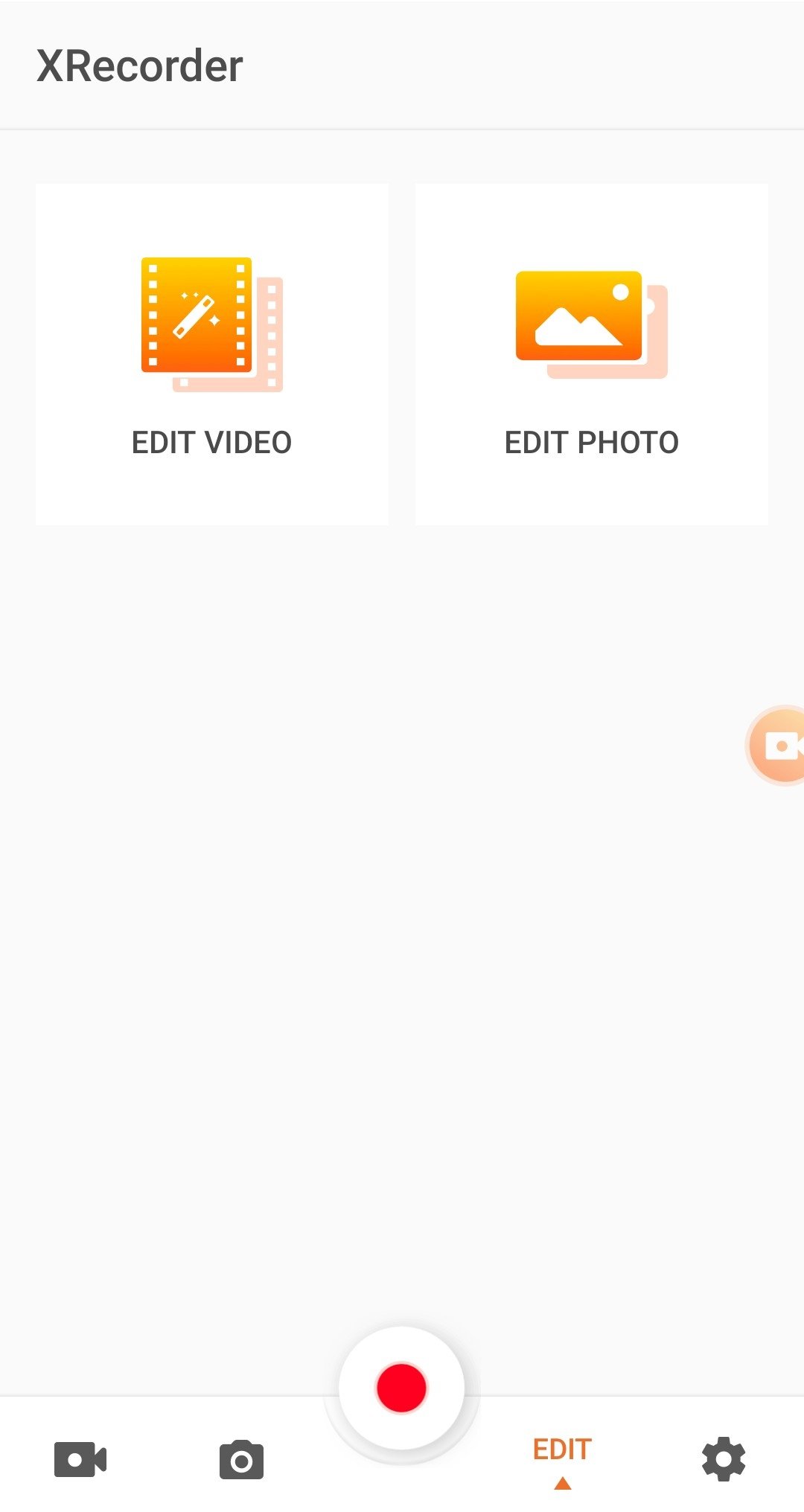
And if you’re having a conversation with more than two people, the Skype thing gets ugly in a hurry. If you can’t get a clear, reliable Skype connection, I’d advise against using this method.
#Free skype call recorder for mac tv
I’ve been doing this for TV Talk Machine, and it’s worked well.īut if your Skype connection should falter-and Skype connections, they do falter-you can end up with something that’s a mess of artifacts, silent patches, and other bad sound. If your connection is solid and you’re recording a two-person conversation, just recording the audio from Skype and using that as the basis for your podcast is completely viable. Skype’s audio algorithm squelches background noise and levels out the volume, too. When Skype is working well, it almost sounds like the person is in the room with you. But podcasters do like to talk, so is that any surprise? Believe it or not, I’ve seen podcasters hotly debate these two approaches. There are two basic approaches to recording with Skype: You can record the conversation as you receive it over the Internet from Skype, or everyone on the podcast can record their own end of the conversation. (Things get insane with that many people-I don’t recommend it.) Skype lets you have audio conversations with quality beyond what you’ll find on a regular phone call, and you can have calls with two, three, five, even ten people on it all at once. But everyone still uses it, because it’s the best option out there, flawed as it is. Everyone hates Skype, because it can sometimes (occasionally? frequently?) behave strangely and make it difficult to hear what other people are saying. Most podcasters I know use Skype to record their sessions. If you’re recording stuff with multiple people in the same room, that’s got a very different set of audio requirements that I’m not going to cover-at least not right now. Most of my podcasts are recorded via Skype, so I’m the only person in the room. I wish I had more tips about reducing echo, but I’ve been fortunate to mostly record in rooms that weren’t echoey to begin with.

Bookshelves, curtains, carpet, and similar stuff on the walls and floor are helpful in reducing echoes. I have recorded podcasts in a wide variety of environments, but the most common one is a quiet room, with the door closed.

Over time I accumulated a tripod, a shock mount, a pop filter, and lots of other gear, but I did probably 100 episodes of The Incomparable with the Yeti sitting on my stomach. Earbuds are less good because they leak noise-but again, if earbuds are all you have, so be it. If you’re going to be podcasting using Skype, you should also use headphones-and ideally they’d either be in-ear headphones or closed, over-the-ear headphones. I’m a big fan of the Blue Yeti microphone, which is often available on sale for $75 or so, though as I write this it’s going for $100 on Amazon. To get started, I’ll refer you to this post, in which I suggest that you can get started with podcasting with minimal equipment-what you really need is a passion for what you’re going to be talking about on your podcast. The average episode of The Incomparable probably takes three or four hours to edit the average TV Talk Machine I can turn around in 10 minutes. And depending on what kind of a podcast you’re creating, the amount of time required to put it together can vary widely. While I think it’s true that many people underestimate how much work goes into making a podcast, I also get the sense that other people overestimate the time I spend. If I can provide some sort of inspiration-or even a cautionary example of what not to do-I’m glad to do so. What I don’t intend is to suggest that this is the only way to make podcasts-it’s just the way that I make them.

#Free skype call recorder for mac series
So in a series of articles on this site, I hope to detail my approach to making podcasts.

And I am often asked about what tools I use and how I produce my podcasts. Warning: This story has not been updated in several years and may contain out-of-date information.


 0 kommentar(er)
0 kommentar(er)
